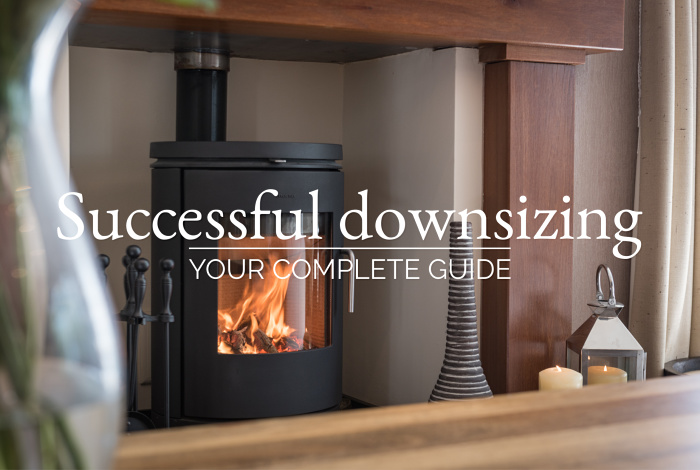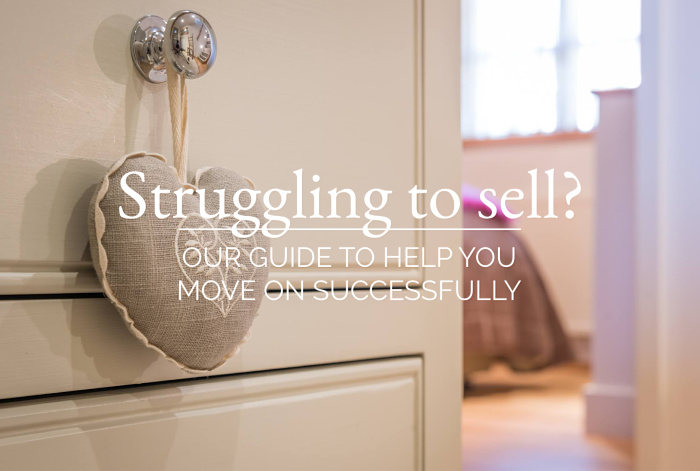If you’re now or soon to be an empty nester, why waste money on space you don’t need? If it’s just you and your other half now, or perhaps just you, why not downsize to a smaller home or apartment to save not only on your mortgage but also on utilities, repairs, cleaning time, and more?
From helping hundreds of people to downsize, we know that moving into a smaller home is not a decision most people take lightly. Even though your home may be consuming more time, effort and money than you want to give it, it’s often an emotional wrench to leave behind a house that’s been a home for you and your family for many years. We understand that.
Our experience is that most of the best questions can be divided into three subjects: time, enthusiasm and finances.
Time
Choosing the right timescale is important when you’re downsizing. Having your last Christmas in a family home can be a way of coming to terms with a move and giving yourself time to plan it effectively. Pick a date in the future that works for everyone, and work towards it, a step at a time.
Enthusiasm
It’s much easier to look forward to moving when you know where you’re moving to. Whilst it’s tempting to sell first before you view other houses, having your next home in your mind can help keep you motivated and positive about your move
Finances
Plan out the financial implications of your move in detail, including the consequences of achieving a sale at less than your expected asking price. Most downsize moves release equity, and knowing how what you plan to use surplus funds can help to give you a goal to reach for. Maybe now is the time for that long-awaited round-the-world trip, or to buy a new car. Whatever it is, planning will help make it more of a reality of your home move.
Planning to downsize: your checklist before you sell
Having a checklist of what you need to do before you put your home on the market can help you feel in control of your downsize move. So we’ve put together this short list to help you stay on track:
q Plan your finances to see the price you need/want from your sale
q Draw up a wish-list and a must-have list for your next home
q Create a Rightmove alert according to your criteria
q Decide on a date to put your home on the market
q Choose three estate agents and arrange consultations with them
q Choose the estate agent you want to work with
q Go through your home and make a list of any outstanding jobs
q Make a list of any accessories to buy to dress your home for photography
q Approve the images for use in your marketing
q Sign-off the brochure once you’re happy with it
Focus on your future
It’s sometimes an emotional decision to downsize, and usually not an easy one to make. But the benefits of moving on, in every way someone can move on, can often outweigh these difficulties. Finding a new sense of freedom, being closer to family and loved ones, meeting new friends, discovering new hobbies and interests, and the relief of a secure financial future, can all make moving home after a bereavement a new start, in every sense of the word.
It takes careful guidance and assistance from an estate agent to help someone through this process. The sale of the house itself is only the tip of the iceberg; the real work comes in the separation process, and a really good agent will not only help make this as smooth a transition as possible, they will also help in the more practical aspects of the move too. They should have excellent supplier contacts to help source someone to help with the home organisation, de-cluttering, storage, packing and moving, and may also be able to help find a new home too. In this situation a really proactive, and genuinely caring professional will be worth their weight in gold, especially if the homeowner doesn’t have close family or friends who could help them.
Sometimes it feels that deciding to move means you’ll have mountain to climb if you do. Preparing your home for sale, meeting with relevant estate agents, trying to assess the best deal in terms of service, fee and valuation, then choosing images, signing off a brochure, having your EPC drawn up – and this is all before your property actually comes to market. No wonder it feels as if you’re about to embark upon a huge climb.
But as with any arduous journey, finding the right guide can make all the difference. And we’d love to be your guide, to help you reach your personal moving goal, whatever that may be.
We’d love to have a chat with you about your moving plans, even if you don’t yet feel ready to move. You can pop us an email at hello@sawdyeandharris.co.uk or call us on 01364 652652. We also have lots more information about selling your home and are here to help smooth your move.



